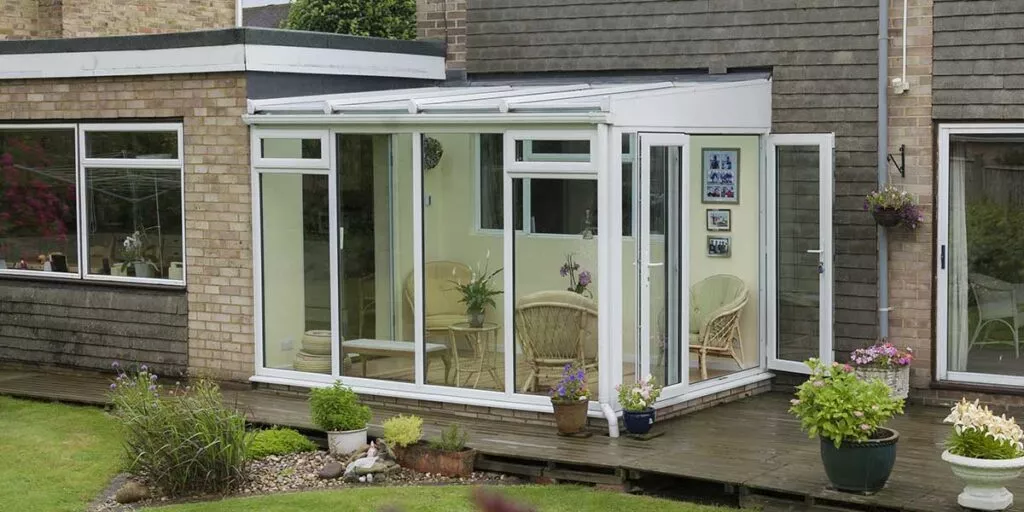Our showrooms are our shop windows and we have invested heavily to create extensive displays that best showcase our large range of windows, doors and living spaces. You will receive a warm welcome, plus a proper coffee, and the choice to browse at your leisure without interruption.
Conservatory Or Orangery – Which Extension Is Right For Your Home?
If you have been living in lockdown with a large family and your home isn’t the biggest, things might feel a little overcrowded right now, making you wish that you had extended the building prior to the current situation.

The point hasn’t been reached yet when Hazlemere can come and add a conservatory or orangery for you, but we hope it isn’t too far away.
In the meantime, what you most certainly can do to resolve the issue is begin with the organising of an extension, as many other customers are choosing to do ‘virtually’ using our FREE Online Service.
When on the video-call with one of our team, you’ll need to let us know if it’s a conservatory or orangery you’re most interested in.
Can’t make a definitive decision? Here’s some insight into both forms of extension to help:
Conservatory
To know whether an extension is a conservatory or orangery, just look towards the roof. If it’s sloped or angled and predominantly consists of glass, it’s a conservatory.
Conservatories have multiple glazed facets, not just in the roof, which is why they have wonderfully bright interiors.
Traditionally, they feature a dwarf wall or one solid wall and either a glass or polycarbonate roof, but a lot of the most up-to-the-minute conservatories come supplied with a solid roof covering. You will recognise a solid roof by its unbelievably realistic tiles and slates, which keep conservatory living spaces well-insulated.
In terms of their cost, conservatories generally cost less than orangeries, which is largely down to them having a lower volume of brickwork and not quite so lavish a roof.
Orangery
People often presume that the conservatory came before the orangery, but orangeries have been around for longer, first developed in Italy back in the 17th Century.
Characterised by its enclosed feel, an orangery typically has a central roof lantern, featuring less than 75% glass.
Built in either a square or rectangular form, various columns help to support the structure and like a lot of 18th Century buildings, the orangery incorporates pilasters and a shallow pitched roof.
When standing inside an orangery, you will spot the internal pelmet, which runs the full length of the perimeter ceiling and is where downlighters and spotlights can be fixed into. Orangeries also have beautifully plastered interiors.
Popular opinion says that orangeries often make for a more natural-looking extension of a house.
We can offer further information and advice on both extensions via the aforementioned Virtual Appointment service or over the telephone.
Want to speak with an Advisor? Give us a call on 08000 825 825
Our friendly team will be pleased to help with any questions you may have.